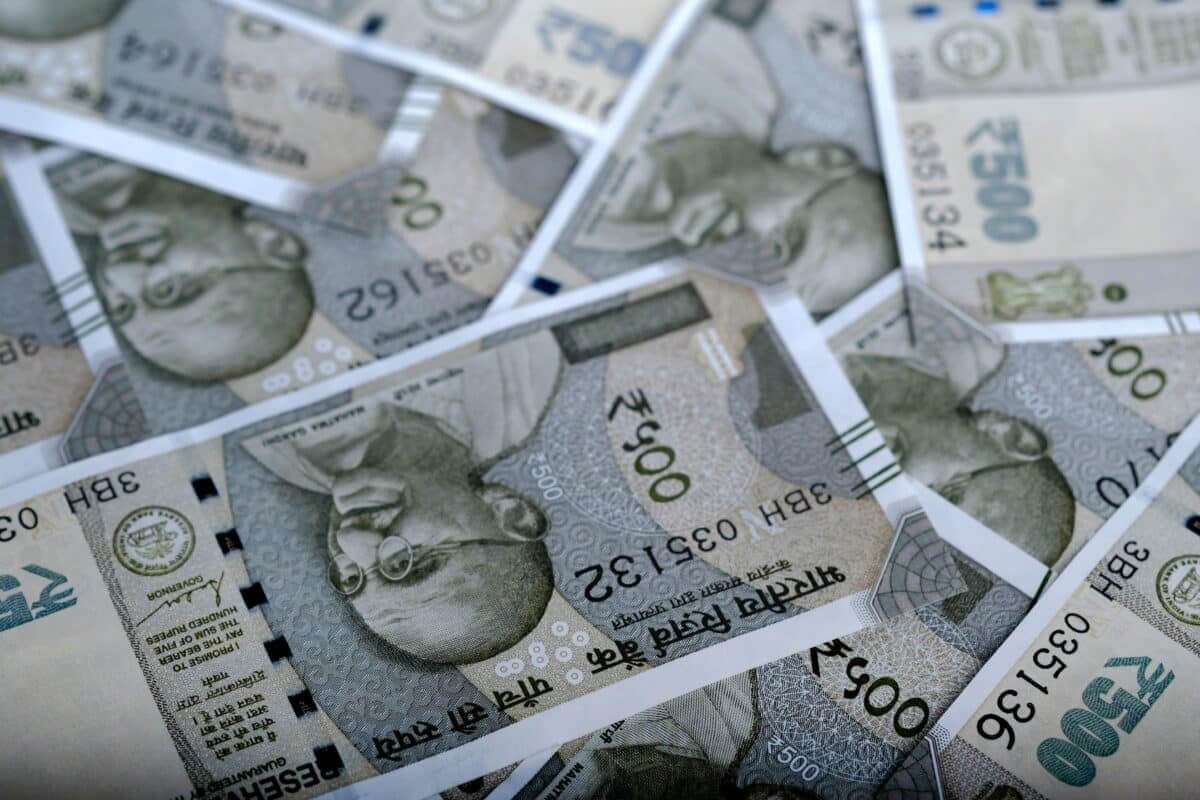
Economic growth in India
For many years it has generally been held that China is the country with the highest population in the world. However, this is no longer the case as there is a new front runner. According to the United Nations (UN), India’s population surpassed that of China last month. No one can be sure exactly on which day this happened because no one is keeping that close a track on all the births and deaths occurring in both countries, but the trends in both populations support this theory. China’s population is falling, mainly due to the long-lasting knock-on effects of their drastic “one-child-policy” which was enacted in the 1980s and which was finally repealed in 2015. At the same time, India’s population has continued to soar.
India and China are reckoned to have had the same population of 1,426 million (1.4 billion) souls at some time in April 2023, and from now on it is estimated that India’s will continue to rise, making it the undisputed Number One as far as population is concerned. Those working in the field of demographics are now saying that they expect India to have a population of no less than 1,668 million (1.7 billion) by 2050.
However, this poses many problems for India and its government. Most importantly, how will there be enough resources, opportunities, and economic development to support so many people? That is, to give them enough food to eat, enough houses to live in, and enough jobs for them to be able to provide for their families. These are some of the challenges facing the Indian economy today; not only to provide for the current 1,426 million, but to be laying the foundations of how to support that 17% growth over the next 27 years.
Fortunately for India, there are encouraging signs. And one of them is the fact that India has just turned the tables on the British Empire. In fact, it is fair to say that British glories of Empire had faded away some time ago, probably in the 1950s and 1960s.




